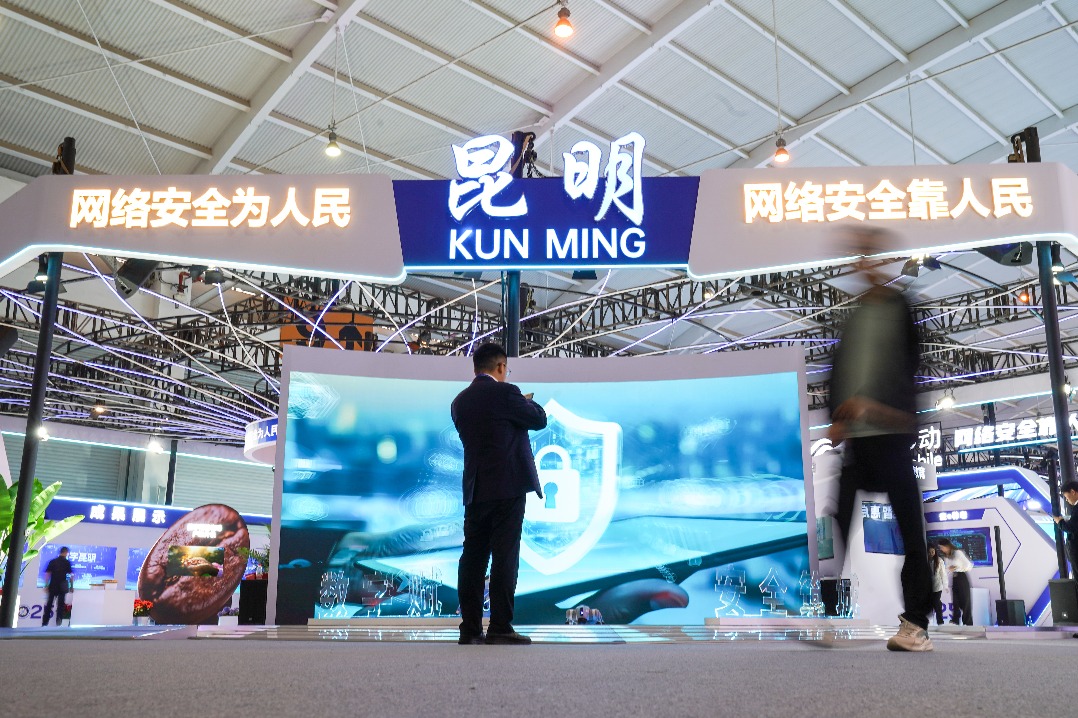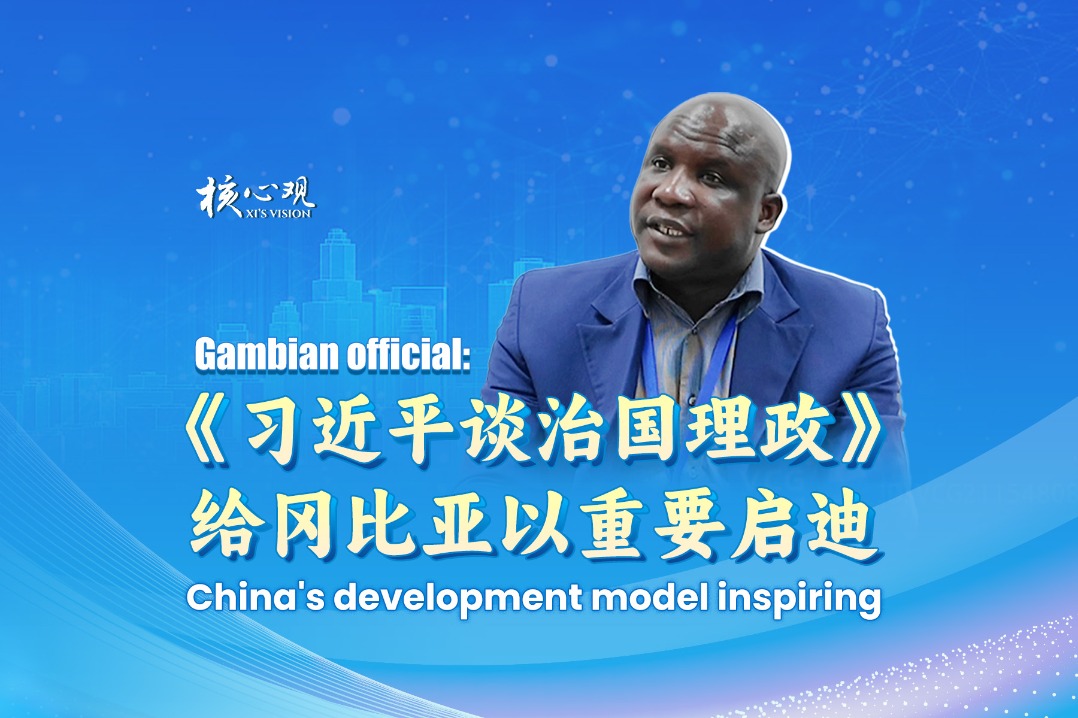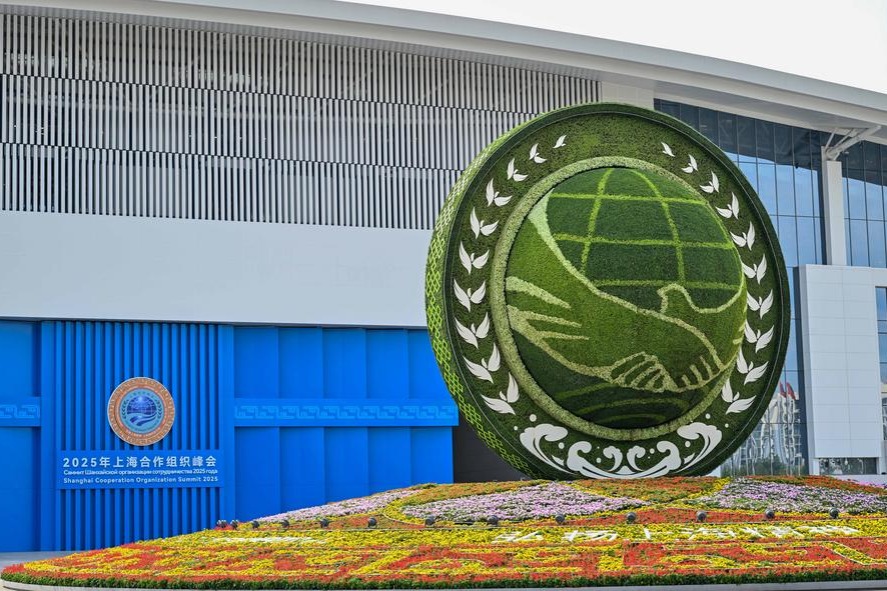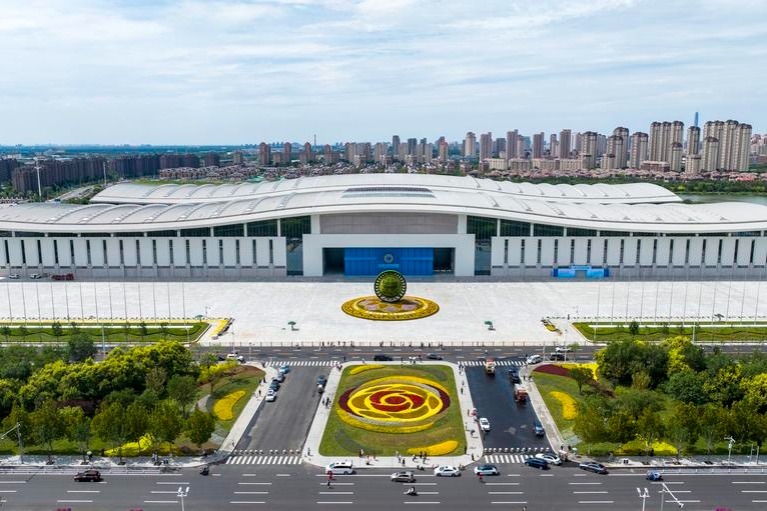Smart move
Continued development of Asia-Pacific region calls for agreement on common standards for the digital economy

Continued development of Asia-Pacific region calls for agreement on common standards for the digital economy

The Asia-Pacific Economic Cooperation Economic Leaders' Meeting is a multilateral working event and the San Francisco gathering continued that tradition by tackling the details of trade reform and problems common to all in the region.
The challenge for the APEC economies is to avoid attempts to impose unilateral standards and to develop true multilateral solutions that promote inter-operability.
Progress in agreeing digital standards has been hindered by the reluctance of the United States to work with China. Despite this, the APEC meeting reached agreement on strengthening digital infrastructure and facilitating access to information and communication technology goods and services.
Historically, a significant focus of APEC has been on the removal of trade barriers within the region. In this it has been remarkably successful. The Bogor Goals, agreed by the APEC leaders in Indonesia in 1994, sought to achieve free and open trade among the region's developed economies by 2010 and to extend that to the developing economies in the region by 2020. Over the past 30 years, the average tariff level in the Asia-Pacific region has dropped from 17 percent to 5 percent, contributing 70 percent to global economic growth.
How to best build on these trade and economic gains in a way that also enhances climate actions was the burning question for the APEC leaders in San Francisco.
One part of the answer to the question about continued gains lies in digital solutions where progress can be achieved through simplifying the trade systems within the APEC region. Digital solutions are the obvious answer, but they must be interoperable.
The digital changes to cross-border trade systems are the modern-day equivalent of the successful tariff reductions of the last three decades. Modeling by the Center of Policy Studies of Victoria University in Australia suggests the gains to the GDP of APEC economies from adopting simplified trade systems could be in the range of $250 billion to $300 billion a year. In comparison, the gains to APEC from eliminating remaining tariffs are estimated at $15 billion to $40 billion a year.
Agreement on common digital standards is critical to simplifying the trade system and sustaining the economic efficiency of the region because it delivers true multilateral solutions.
A simplified digital system would make trade rules and processes easier to comply with across numerous government agencies and increase digitization and data sharing. These objectives are all achievable while ensuring continued strong border and biosecurity protections.
The APEC economies should advance work on port and border cooperation and single window interoperability by exploring the use of new technologies to improve and simplify port clearance and customs procedures.
Single Window trade clearance portals are the essential foundation of port efficiency and customs clearances. These are benefits already achieved under the Belt and Road Initiative for trade along the Central Asia Silk Road. Indonesia and Singapore have introduced the Single Window concept using compatible digital platform standards.
In the multilateral environment favored by APEC, these digital solutions pose no problems to development, implementation and security. In the unilateral environment favored by the US, any solution that includes China's digital platforms is opposed.
What should be an area of full APEC cooperation is scarred by US intransigence and refusal to accept digital standards that recognize or include Chinese advances. Additionally, the broad US-imposed restrictions on the export of chips and other technology to China makes it more difficult to develop common APEC user platforms and solutions for services including expedited import and export custom clearances.
This reluctance to cooperate also hampers the development of climate solutions that rest on commonly accepted digital standards. This impacts on areas as diverse as the development of electric vehicles, advanced environmental monitoring, climate weather forecasting and other service solutions which are of growing value to the broader APEC region in its efforts to manage the impacts of climate change.
Unfortunately, further sweeping US restrictions on exports of advanced technology to China came into effect the day after the APEC leaders' meeting. These new technology restrictions not only damage US-China ties but they actively work against APEC's aspiration for multilateral solutions that benefit all, including making cross-border transactions more efficient.
These restrictions, taken alongside previous actions initiated by the US, confirm its reluctance to actively support multilateral solutions.
The ongoing challenge for APEC is to remain a true multilateral organization that reflects the concerns of the region and stands above attempts to impose unilateral solutions.

The author is an international financial technical analysis expert and a former national board member of the Australia China Business Council. The author contributed this article to China Watch, a think tank powered by China Daily.
The views do not necessarily reflect those of China Daily.
Contact the editor at editor@chinawatch.cn


































